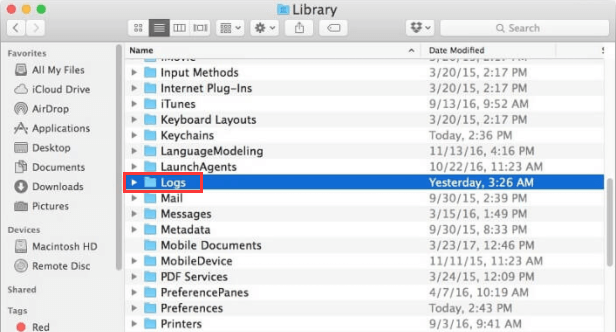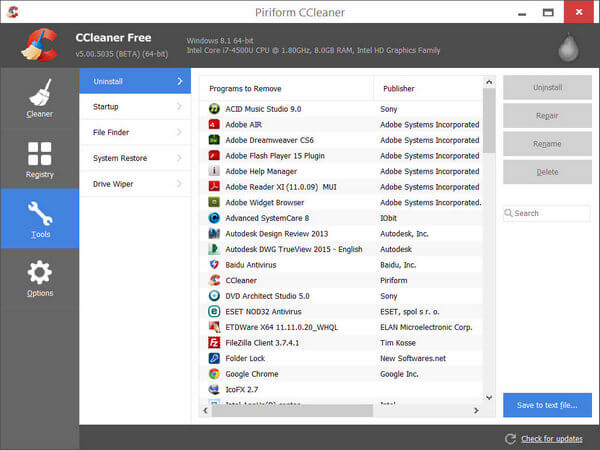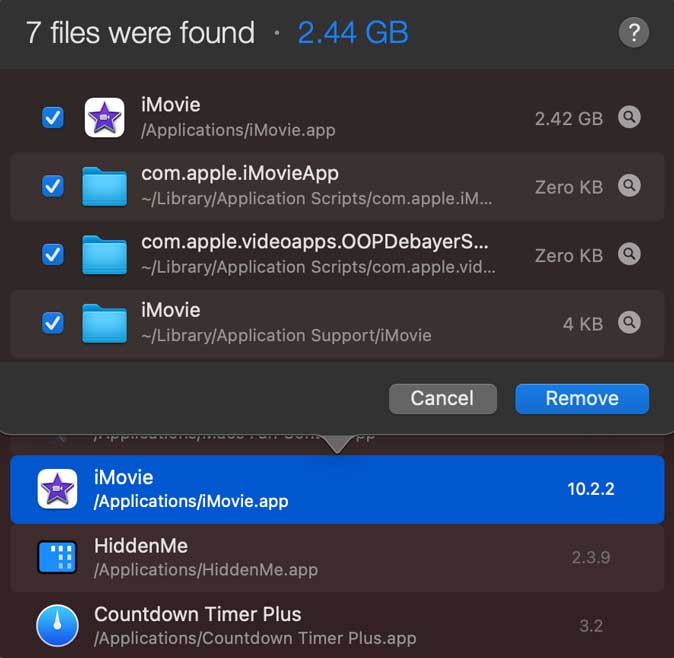

- #CLEAN MAC LOG FILES HOW TO#
- #CLEAN MAC LOG FILES MAC OS X#
- #CLEAN MAC LOG FILES PRO#
- #CLEAN MAC LOG FILES SOFTWARE#
#CLEAN MAC LOG FILES SOFTWARE#
Step 3: Delete those outdated iOS software updates. Step 2: Type in ~/Library/iTunes/iPad Software Updates for iPad or ~/Library/iTunes/iPhone Software Updates for iPhone. Step 3: Delete those outdated iOS backups. Step 2: Type in ~/Library/Application Support/MobileSync/Backup/. Step 3: Delete those outdated iTunes Library backups. Step 2: Type in ~/Music/iTunes/Previous iTunes Libraries. Solution 3: Remove Old iTunes Library Backups Step 6: Delete the folders that take up the most space. Step 5: Type in /Library/Caches and hit Enter.

Step 3: Delete the files and folders that are taking up the most space. Step 2: Type in ~/Library/Caches and hit Enter. Step 4: Go inside each sub-folders within the Logs folder and remove the system log files found there. Step 3: Select individual log files, then right-click and select Move to Trash. Step 2: Type in ~/Library/Logs and hit Enter to proceed to user log files folder. Step 1: Open Finder and select Go to Folder in the Go menu. Solution 6: Empty out the Trash Solution 1: Remove User Log Files Clean up unwanted files: After archiving any logs you want to save, use the tsm maintenance cleanup command to remove log files older than seven days. To remove system log files and application error crash reports from Mac OS, follow these steps.
#CLEAN MAC LOG FILES MAC OS X#
With Cleaner One Pro, you can have a faster Mac with just a few clicks.System log files, application error crash reports, cache, iOS and iTune backup tend to build up from time to time which could possibly slow down Mac OS X (macOS). It also shows a real-time monitor for your CPU and Network usage on menu bar, so you know what is currently happening on your Mac. It scans your computer and delete any unnecessary files.
#CLEAN MAC LOG FILES PRO#
Select the log files you want to remove, and then click Remove.Ĭleaner One Pro also includes other powerful features such as Smart Scan, Junk Files and Similar Photos. Cleaner One Pro is an all-in-one tool that can optimize your Mac’s performance.ģ. You can use a third-party app to clear all the log files easier than doing it manually. If there isn’t any error after restarting, you can delete the copy of log files as well. On the Microsoft IIS Web server there are log files created (by default) in the directory C:WINNTsystem32LogFilesW3SVC1ex.log, where the. After emptying the Trash, restart your Mac. We also recommend making a copy of the log files and put it somewhere else on your Mac before emptying the trash if anything goes wrong you can put them back.ĥ. If you want to delete any file, make sure to delete the files within a folder instead of dragging the entire folder to the Trash. You will see a list of all the log files on your Mac.

From the Menu bar, click Go – Go to Finder.Ĥ. Find and Delete Log Files Manually with Finderīefore you begin, make sure to back up your Mac before deleting user files.Ģ.
#CLEAN MAC LOG FILES HOW TO#
This tutorial will show you how to find and delete log files. Deleting log files for certain apps such as Terminal will also speed up the app. You might want to report certain app errors to the developers, so these log files will come in handy. Log files are mostly records of the errors or crashes occurred in apps, and sometimes you would not even notice these errors since they just happen in the background.

Well, that is because most users will not need to delete or look for this type of files. It is quite possible that you have not heard of Log files before.


 0 kommentar(er)
0 kommentar(er)
